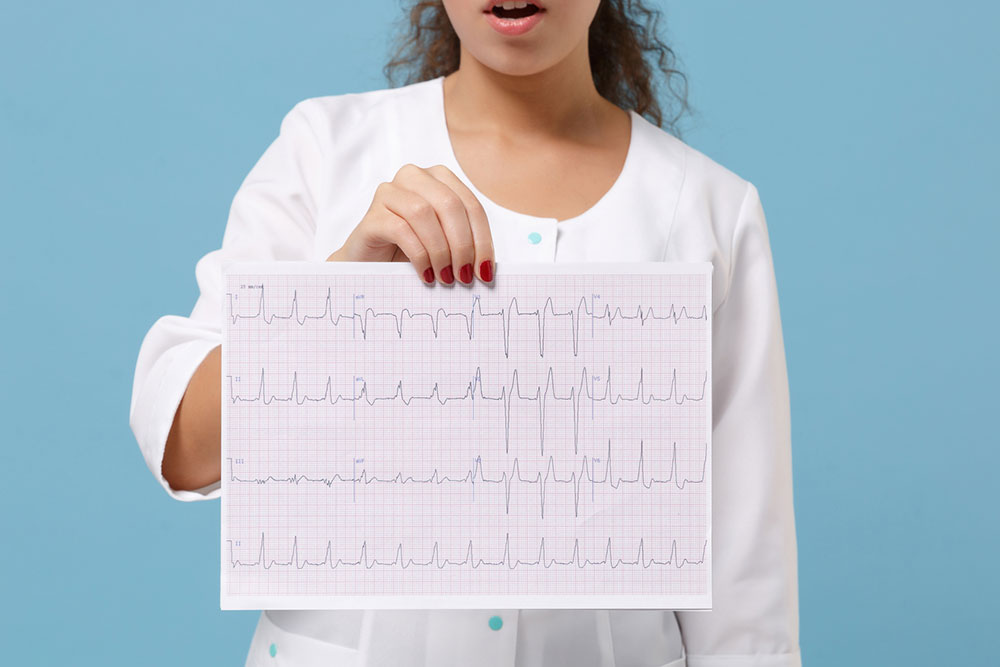Guide to Cardiac Ultrasound: Functions, Preparation, and Procedure Insights
This comprehensive guide explains cardiac ultrasounds, highlighting their purpose, preparation tips, and what to expect during the procedure. It emphasizes the importance of understanding the process to reduce anxiety and ensure accurate diagnosis. Suitable for all ages and safe during pregnancy, echocardiograms are vital for monitoring heart health, detecting conditions, and evaluating treatment effectiveness. Clear communication with medical professionals enhances patient comfort and results, making this non-invasive test essential in cardiovascular care.

Guide to Cardiac Ultrasound: Functions, Preparation, and Procedure Insights
A cardiac ultrasound, also called an echocardiogram, is a diagnostic imaging method that offers detailed visuals of the heart’s anatomy and operation. Utilizing sound waves, this painless, non-invasive test produces real-time images to analyze blood flow and heart efficacy. Doctors suggest this exam when symptoms such as chest pain or difficulty breathing occur, aiding in diagnosis and ongoing treatment. Understanding the procedure and preparation tips can help reduce anxiety and promote accurate results in this important cardiac assessment.
What is a cardiac ultrasound?
It is a safe, non-invasive imaging procedure that uses sound waves to capture detailed images of the heart, assisting in the diagnosis of various heart conditions.
This diagnostic tool helps visualize blood movement and heart chamber activities. The test duration varies from 20 minutes to over an hour and is performed by trained technicians. Typically conducted at hospitals or clinics, the process prioritizes patient comfort and precision. Preparing properly—like fasting or wearing loose clothing—can ensure optimal results. The procedure involves applying gel, positioning the patient, and moving the transducer to obtain detailed images, providing a comprehensive view of heart health.
Purpose
Medical providers may recommend a cardiac ultrasound if symptoms such as chest discomfort or breathing difficulties are present. This test is used to:
Identify heart abnormalities and diseases
Monitor existing cardiac conditions
Assess treatment or surgical outcomes
Preparation
Preparing for the test includes specific steps, which your healthcare provider will explain. Typical preparations involve:
Fasting for several hours before the exam
Wearing comfortable, easily removable clothing
Discussing current medications and health issues with your doctor
Though nerves are common, the procedure is painless and usually takes between 30 minutes and 2 hours. Relaxing can help facilitate a smooth exam process. Procedure
The test is performed at a healthcare facility and usually follows these steps:
A technician explains the process and greets the patient
The patient lies on their left side on a table or stretcher
Conductive gel is applied to the chest
The transducer is moved over the chest to capture images
Patients may be asked to hold their breath or change positions to improve image quality. Afterward, the gel is wiped off, and patients can normally resume daily activities unless advised otherwise. The procedure is safe and involves no radiation exposure. Additional Considerations
This exam suits all age groups and is safe during pregnancy, as it does not involve radiation. Patients with conditions like diabetes should consult their doctor regarding medications. Elderly or mobility-challenged individuals should discuss any concerns beforehand, as specific positions might be required. Fetal echocardiography is available for pregnant women to evaluate the baby's heart via abdominal ultrasound. Clear communication with healthcare providers enhances comfort and diagnosis accuracy, supporting effective heart health management.


